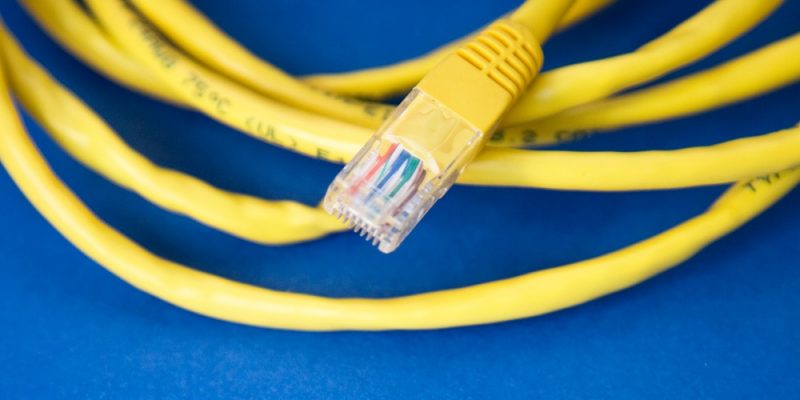 Report: The cybersecurity impact of COVID-19
Report: The cybersecurity impact of COVID-19
Cybersecurity company Cynet has released a report detailing changes in cyberattacks they’ve observed across North America and Europe since the beginning of the COVID-19 pandemic. The report shares the cyberattack volume change observed across industry sectors, the increased use of spear phishing as an initial attack vector, and the approaches being used to distribute malware…






